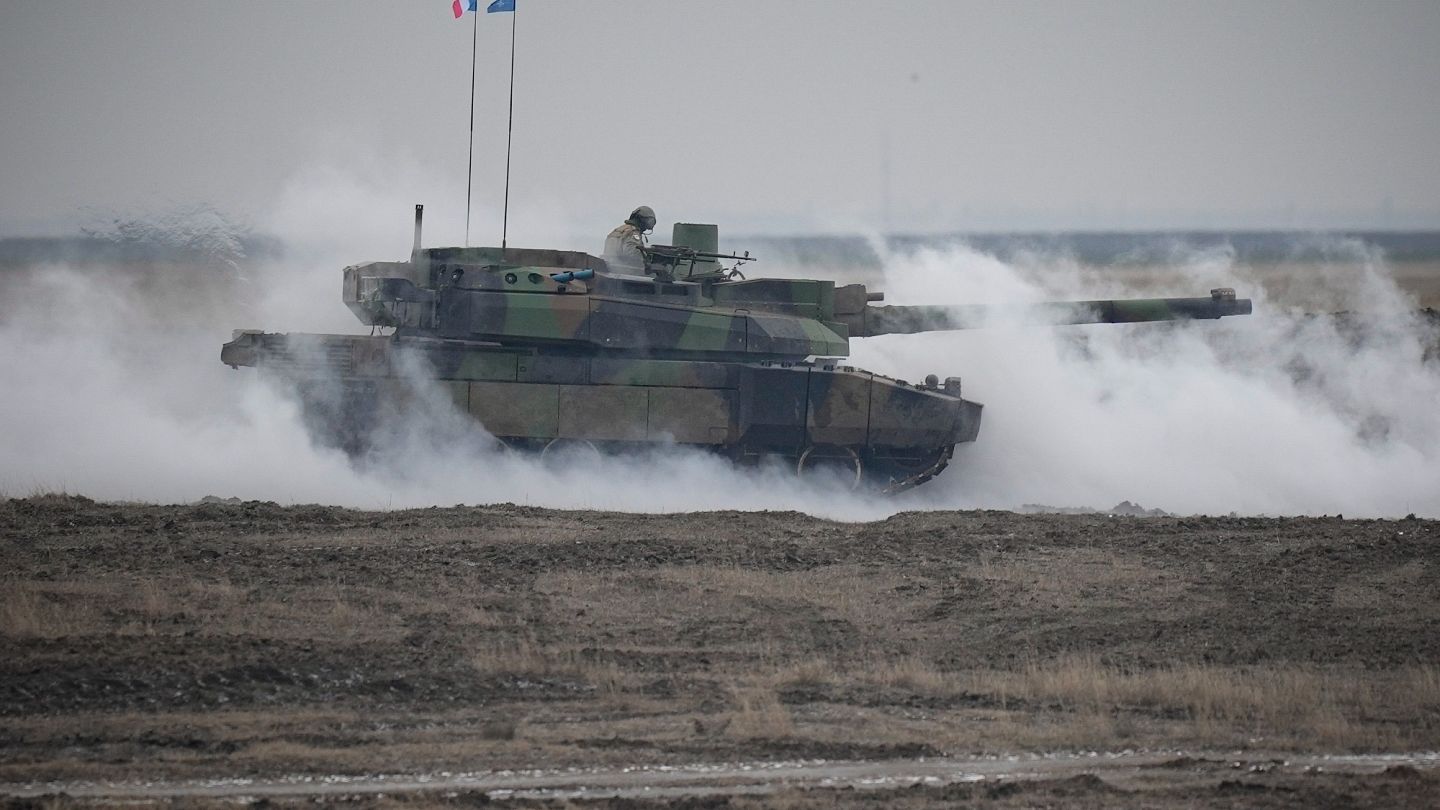How can the EU increase tank production while aiming to reduce its dependence on the US in defense?
The EU is trying to break its military dependence on the US due to pressures from the Trump administration and is attempting to purchase more defense equipment from Europe. Looking at the figures for armored vehicles, it can be seen that the EU is almost at the same level as the US.
Although Europe is dependent on the US for defense, it has a certain degree of autonomy when it comes to armored vehicles. According to Global Firepower data, there are a total of 4,262 tanks in EU armies, which is slightly less than the 4,640 armored vehicles in the US. However, the situation varies significantly from one member country to another. Greece leads with 1,344 tanks, followed by Poland with 614 tanks and Romania with 328 tanks. For comparison, Germany and France have 296 and 215 tanks, respectively. While Athens stands out due to historical tensions with Turkey, Warsaw has strengthened its arsenal against the Russian threat. Experts say that the technical performance of European and American equipment is at the same level. Alain De Neve, a researcher at the Royal High Defence Institute, states, "We need to put aside the notion that we are lagging behind the Americans. In Europe, we have the know-how, design offices, technologies, and scientific research that allow us to offer equipment at the same level as the US." However, procuring from the US provides an advantage to Washington. He continues, "From the moment you acquire armored capabilities, you also have all the subsystems, ammunition, maintenance, and logistics that come with them." He adds, "We can say that where Europeans develop weapon systems, the Americans provide the ecosystems that come with them." American equipment is part of an architecture composed of networks, software, and tactical links that facilitate coordination among different forces and thus enable the best operation within an international framework such as NATO.
The state of armored vehicles on the Old Continent reflects the challenges faced by the defense industry in Europe. The market, which includes a number of companies and various models with different systems like the French Leclerc tank, German Leopard armored vehicle, and Italian Ariete, is highly fragmented, which limits industrial output. The Leopard is a massive tank designed to withstand a large ground assault and capable of providing significant firepower. The aim is to provide rapid supply to armed forces interested in this model. Its French equivalent is more of a 'hyper-technological' tank that can fire accurately while moving, among other things. However, new technologies have been added between the design and production of the Leclerc tank, leading to additional costs. Alain De Neve summarizes, "If we look at all the European armored vehicles that European countries currently use, we have about ten, or even more models, while the Americans produce three or four similar types of armored vehicles." Dozens of European models mean different training, different parts, and thus different maintenance for each vehicle. The issue of standardizing equipment has been raised for many years. However, there are economic issues behind this production. Christophe Wasinski, a professor at the International Policy Research and Studies Center at Université Libre de Bruxelles (ULB), states, "Political authorities support the existence of numerous companies producing different models for economic and likely employment reasons, which are established in national states." The European Commission proposed in the White Paper on European Defense until 2030, presented last month, that the 27 Member States engage in joint procurements. According to the Commission, these joint orders would help strengthen the interoperability of military equipment among Member States. Between the lines, it is attempting to encourage capitals to limit the fragmentation of the market. This European mechanism also aims to strengthen the industrial base since orders will need to be given to companies based in the EU or with headquarters located within the EU. This is yet another mechanism promoting "Made in Europe."


